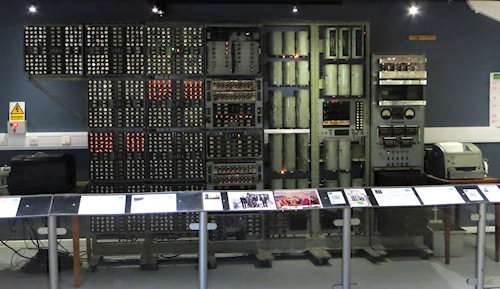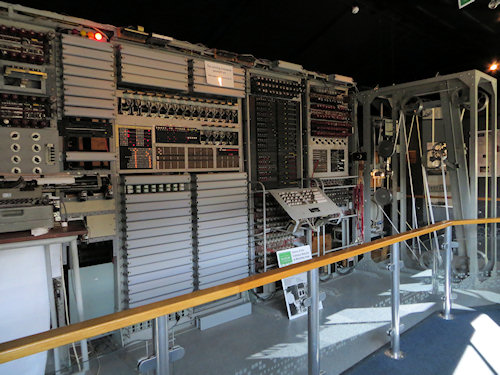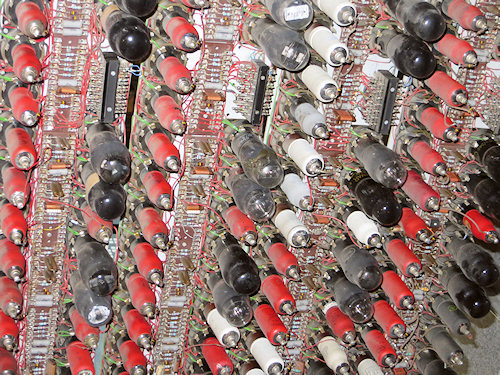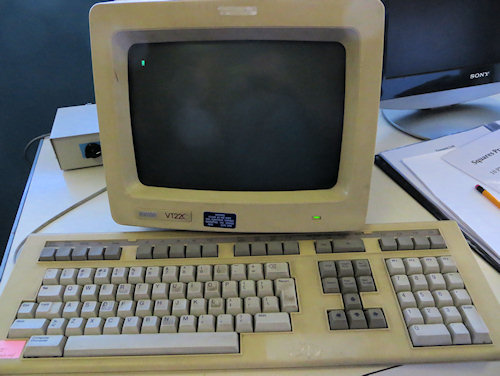
I love museums – they’re fascinating places full of really really old and interesting things.
They house ancient statues and primitive tools – the riches of long dead Kings – that sort of stuff.
Imagine then, the double take I did when I saw something all too familiar in a museum… something I had used in real life not all that long ago (or what I like to think was not all that long ago)…
I am a bit of a geek – and I wear my geek-girl hat with pride.
I like computers. I like playing with them. I find them incredibly useful – not to mention the fact that I pay most of my bills by working as a computer consultant.
It’s therefore not surprising that I should visit The Museum of Computing in Milton Keynes.
It’s a small but fascinating place – and puts into perspective the amazing leaps of technology since the 1940’s – when the first electronic computers were invented.

In fact – there is dispute over who was actually first. Two machines claim that title and both were driven by World War 2.
One was the American’s ENIAC (Electronic Numerical Integrator And Computer) built by the US Army and announced to the world in 1946.
The second was the Collossus – invented by the Enigma machine codebreakers at Bletchley Park. It was working in 1943 – but destroyed after the war and kept secret for many years after.
To resolve this vexing dispute, they have added extra details in the ‘first’ claim – the first programmable or the first general purpose… important distinctions that allow each to be number 1.
There’s a replica of Collossus in the museum. As you can guess from the name, it’s huge. None of your tiny back boxes here – there are values and diodes and flashing lights… That’s ‘real’ computing that is.

There’s also a selection of computing bits and pieces – the sort of things that gather dust on shelves in engineering departments for years before being reluctantly thrown out.

And there I saw it… something far too familiar to be in a museum. Something that I had once thought was the height of cool!

There were two really scary things about seeing this in a museum.
First – I think I may still own one – it’s gathering dust in a shed in Australia…
And secondly – this museum piece was not my first computer. It was my second. Eeek!
I have decided that doesn’t mean I’m old. It just means I started at this computer thing really really REALLY young. I was a child – honestly I was.
Looking around me now as I write this – I see four computers and two printers in my office. Oh dear. I wonder how long I have to wait before I can offer some of them to a museum – it would be one way of getting them (and the dust they collect) out of here.
